In the packaging industry, capping machines are crucial for safety capping or closing containers. A capping machine’s design incorporates a number of parts and systems to guarantee an accurate and dependable cap application. These are the following crucial elements of capping machine design have:
Frame & Structure:
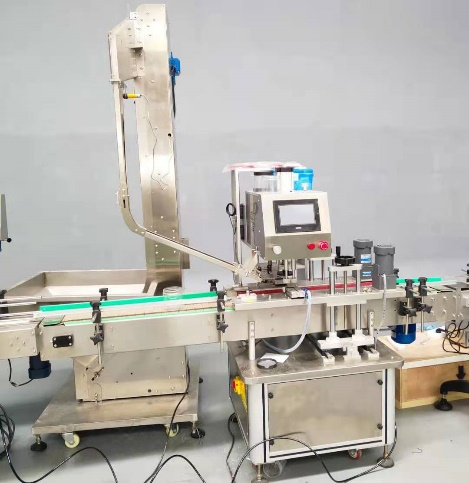
A strong frame or structure that provides stability, support and serves as the foundation on the capping machine. The frame is used to endure the demands of continuous operation, durable materials like stainless steel or aluminum are often used in this capping machine structure.
Conveyor system:
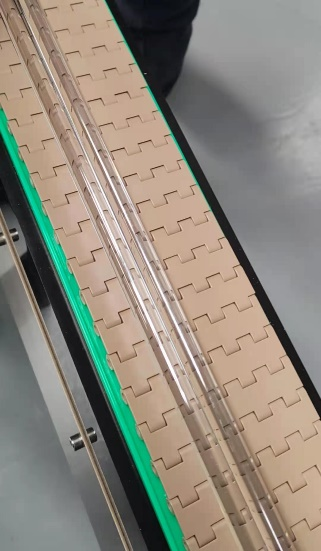
To move containers to the capping station, capping machines frequently use a conveyor system. The conveyor guarantees a steady stream of containers, positions them correctly for the insertion of caps, and keeps a constant distance amongst them.
Cap Feeding Mechanism:
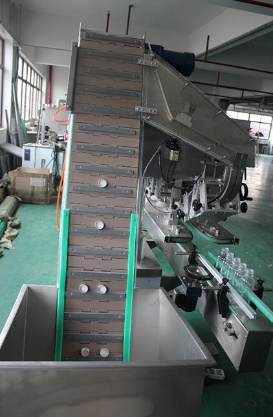
Caps are fed into the capping station using a cap feeding mechanism. This includes a cap chute, vibratory bowl feeder, or cap hopper that feeds the caps in the appropriate alignment for the capping head to pick them up.
Capping Heads:
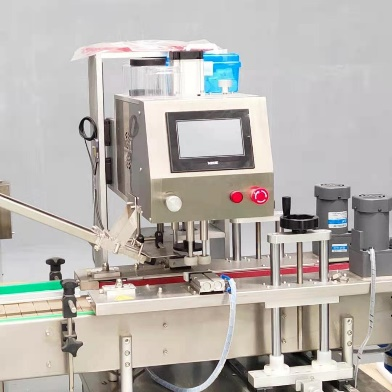
The main parts in-charge on capping the containers are the capping heads. Depending on the intended production speed and the machine’s design, the number of capping heads may change. Depending on the type of closures being used, the capping heads may employ various methods, such as spindle cappers, chuck cappers, or snap cappers.
Torque Control:
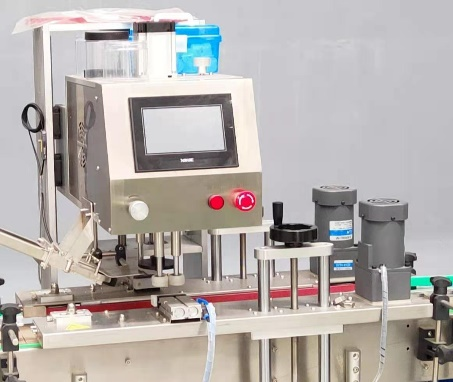
Capping machines use torque control devices to enable reliable and secure cap application. These devices controls’ the amount of pressure used to tighten the caps, preventing under- or over-tightening. Systems for controlling torque can be electric, pneumatic, or a hybrid of the two.
Height Modification:
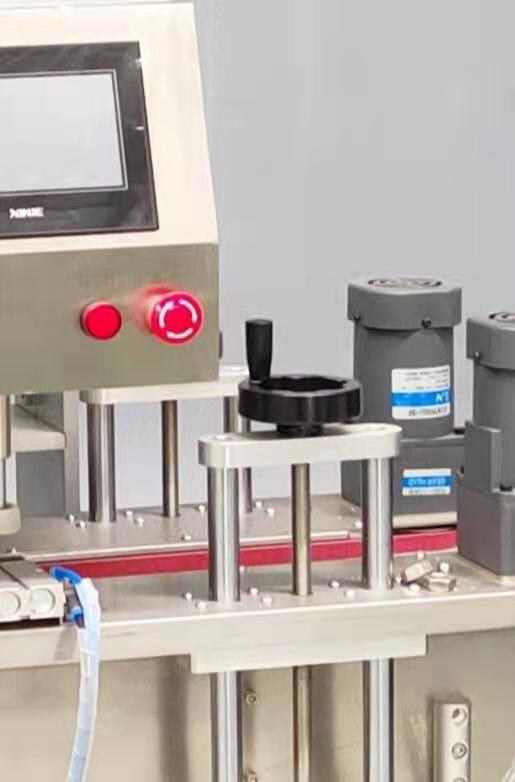
Capping devices must adapt on containers of different heights. As a result, they frequently have facilities for height adjustment to accommodate numerous bottle sizes or container types. This makes the capping procedure adaptable and more flexible.
Control system:
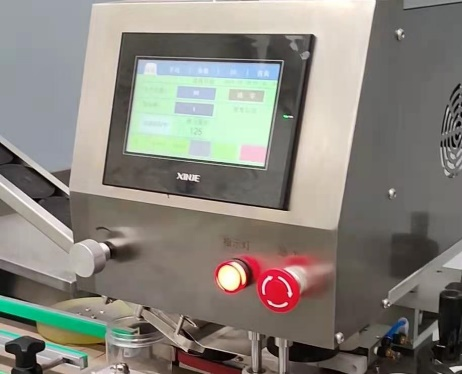
Capping machines comes with a controller system that oversees the machine’s general operations. This may include tools like a human-machine interface (HMI) for configuring machine settings, keeping track of production status, and determining operational parameters. The control mechanism makes sure that capping speed, torque, and other factors are precisely under control.
Moreover, capping machines place a high priority on operator’s safety. They included safety measures like guarding, emergency stop buttons, and interlocks to stop accidents and shield operators from potential risks while they are operating. Capping machines frequently features seamless integration with other packaging equipment, such as filling machines.
Post time: Jun-12-2023
